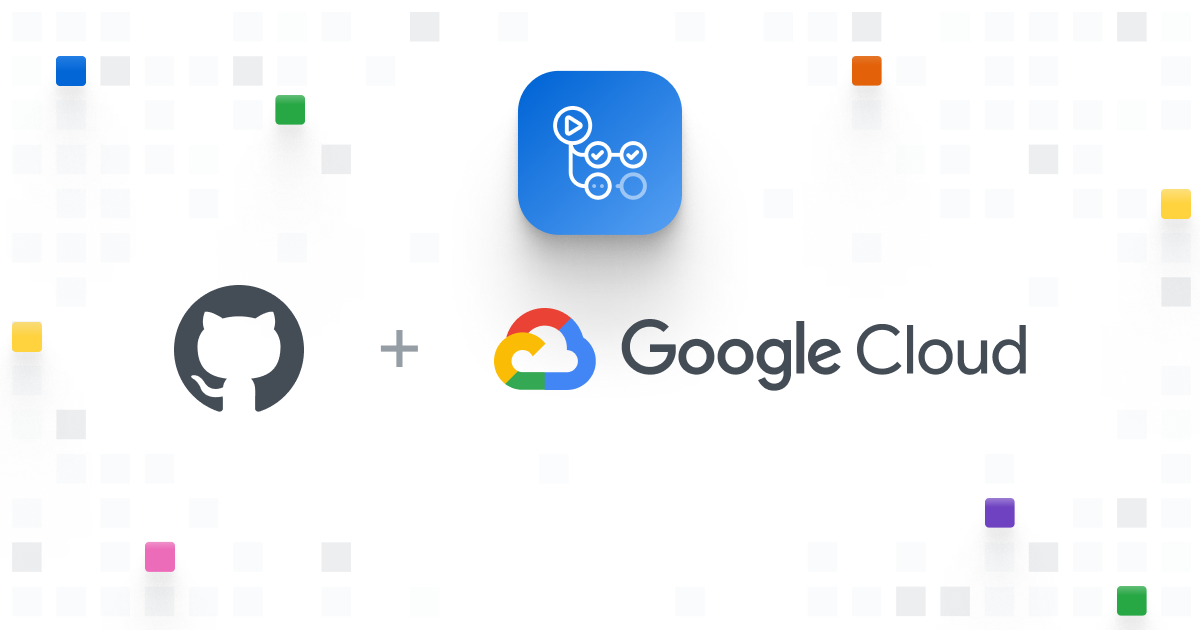 I love serverless architecture. Serverless is not sliver bullet for all workloads but when used properly (depending on requirement) you can save more than 95%+ of cost.
In this blog, I am going to explain how to set up CD to cloud run in github repo using github action. We will be taking this blog as example. This blog is build on top of gatsby. So we will first make a build using node, put build file only on nginx docker, push to google docker repo and than deploy to cloud run. You should be able to follow this tutorials using google free tier resources.
I love serverless architecture. Serverless is not sliver bullet for all workloads but when used properly (depending on requirement) you can save more than 95%+ of cost.
In this blog, I am going to explain how to set up CD to cloud run in github repo using github action. We will be taking this blog as example. This blog is build on top of gatsby. So we will first make a build using node, put build file only on nginx docker, push to google docker repo and than deploy to cloud run. You should be able to follow this tutorials using google free tier resources.
What is cloud run?
Cloud run is fully managed compute platform for deploying and scaling containerized applications quickly, securely.
Steps:
- Make Dockerfile for you project and run your project on
port 8080(your program should run on 8080. Google only map 8080 to 80 while deploying).
# build environment
FROM node:alpine as builder
RUN apk update && apk add --no-cache make git python autoconf g++ libc6-compat libjpeg-turbo-dev libpng-dev nasm
WORKDIR /usr/src/app
COPY . .
RUN yarn install
RUN yarn build
# server environment
FROM nginx:alpine
RUN rm -rf /usr/share/nginx/html/*
COPY nginx.conf /etc/nginx/conf.d/configfile.template
ENV PORT 8080
ENV HOST 0.0.0.0
RUN sh -c "envsubst '\$PORT' < /etc/nginx/conf.d/configfile.template > /etc/nginx/conf.d/default.conf"
COPY --from=builder /usr/src/app/public /usr/share/nginx/html
EXPOSE 8080
CMD ["nginx", "-g", "daemon off;"]-
Make project into google cloud and get gcloud service key with the following permissions:
- Service Account User
- Cloud Run Admin
- Storage Admin
- Cloud run Service Agent
- Convert your google service key to base64 encoding and add to github secrets in setting as
GCP_CLOUD_RUN_SERVICE_KEY. Also add project id asGCP_PROJECT_IDto secrets. - Add github actions in
.github/workflows/docker-publish.yml
name: Docker
on:
push:
# Publish `master` as Docker `latest` image.
branches:
- master
# Publish `v1.2.3` tags as releases.
tags:
- v*
# Run tests for any PRs.
pull_request:
env:
# TODO: Change variable to your image's name.
IMAGE_NAME: bkrm-blog
jobs:
# Push image to GitHub Packages.
# See also https://docs.docker.com/docker-hub/builds/
push:
# Ensure test job passes before pushing image.
# needs: test
runs-on: ubuntu-latest
if: github.event_name == 'push'
steps:
- uses: actions/checkout@v2
- name: Build image
run: docker build . --file Dockerfile --tag $IMAGE_NAME
- name: Log into registry
run: echo "${{ secrets.GITHUB_TOKEN }}" | docker login docker.pkg.github.com -u ${{ github.actor }} --password-stdin
- name: Push image
run: |
IMAGE_ID=docker.pkg.github.com/${{ github.repository }}/$IMAGE_NAME
# Change all uppercase to lowercase
IMAGE_ID=$(echo $IMAGE_ID | tr '[A-Z]' '[a-z]')
# Strip git ref prefix from version
VERSION=$(echo "${{ github.ref }}" | sed -e 's,.*/\(.*\),\1,')
# Strip "v" prefix from tag name
[[ "${{ github.ref }}" == "refs/tags/"* ]] && VERSION=$(echo $VERSION | sed -e 's/^v//')
# Use Docker `latest` tag convention
[ "$VERSION" == "master" ] && VERSION=latest
docker tag $IMAGE_NAME $IMAGE_ID:$VERSION
docker push $IMAGE_ID:$VERSION
# tag image for gcp
IMAGE_ID_GCP=asia.gcr.io/${{ secrets.GCP_PROJECT_ID }}/bkrmblog:$VERSION
echo $IMAGE_ID_GCP
docker tag $IMAGE_ID:$VERSION $IMAGE_ID_GCP
- name: Deploy to Cloud Run
uses: stefda/[email protected]
with:
image: asia.gcr.io/${{ secrets.GCP_PROJECT_ID }}/bkrmblog
service: bkrm-blog
project: ${{ secrets.GCP_PROJECT_ID }}
region: asia-southeast1
service key: ${{ secrets.GCP_CLOUD_RUN_SERVICE_KEY }}- Thats all, now after each commit your code will be deployed to cloud run. You can get url for service from cloud run dashboard. You can also use
manage custom dominfeature in cloud run to add your own subdomain or even map main domain.
This blog is build using these blocks checkout the github repo bkrm repo.
Quote from book I am reading:
“It’s easy to say yes. Yes to another feature, yes to an overly optimistic deadline, yes to a mediocre design. Soon, the stack of things you’ve said yes to grows so tall you cant even see the things you should really be doing”
― Rework
Upated: 2022-Oct Currently this blog is deployed using cloudflare pages as it alot easy. More detail here: cloudflare pages get started